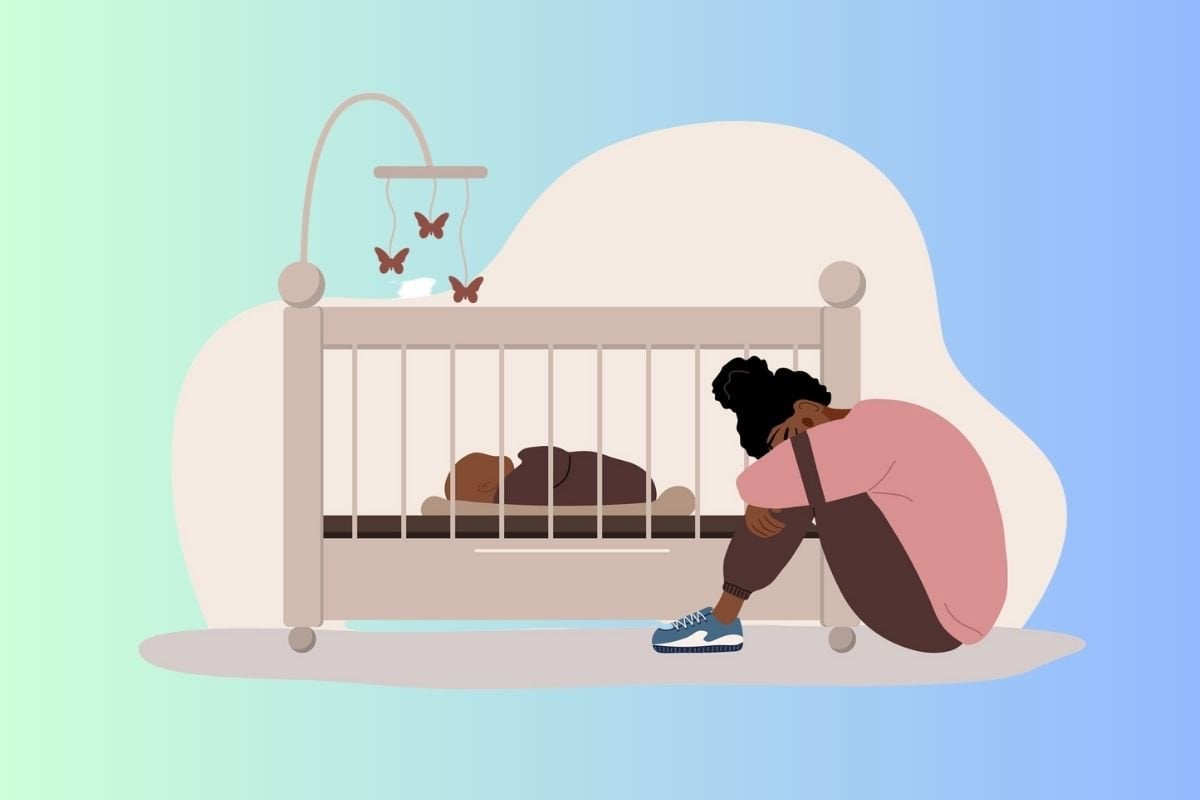

If you’re a parent, you’re probably sick to death of talking about sleep. Thinking about sleep. Planning your day around sleep.
Imagine if we got to spend all that time actually sleeping. Heaven.
The reality is, as people in charge of these newly minted humans, we’re going to spend a lot of time working on their sleep as we help them learn habits that will set them up for a lifetime. Luckily we’re not the first, plenty of parents have made it to the other side, and some of them are so good at helping babies get better sleep they become experts.
Like Tara Mitchell, a sleep specialist, who had worked as a nanny and registered nurse, specialising in Pediatric Nursing for 7 years and overall, had worked with little ones for 15 years. Tara approached motherhood feeling optimistic and confident when she welcomed her daughter.
But then Scarlett arrived.
"She came, she screamed, she conquered," Tara told Mamamia.
Let's just say things didn't go as planned. From hospital trips due to weight loss to tummy trouble, unexplained rashes, irritability, and crying spells. No one was sleeping.
After three months of severe sleep deprivation, Tara began to explore options to resolve her sweet baby girl's sleep issues. It worked. "The difference that sleep made was incredible, both for the baby and our little family. It was a total game-changer. She woke up happy, fed better, gained weight, her tummy settled, and her reflux was minimal. Our family was thriving, not simply surviving."






























































































